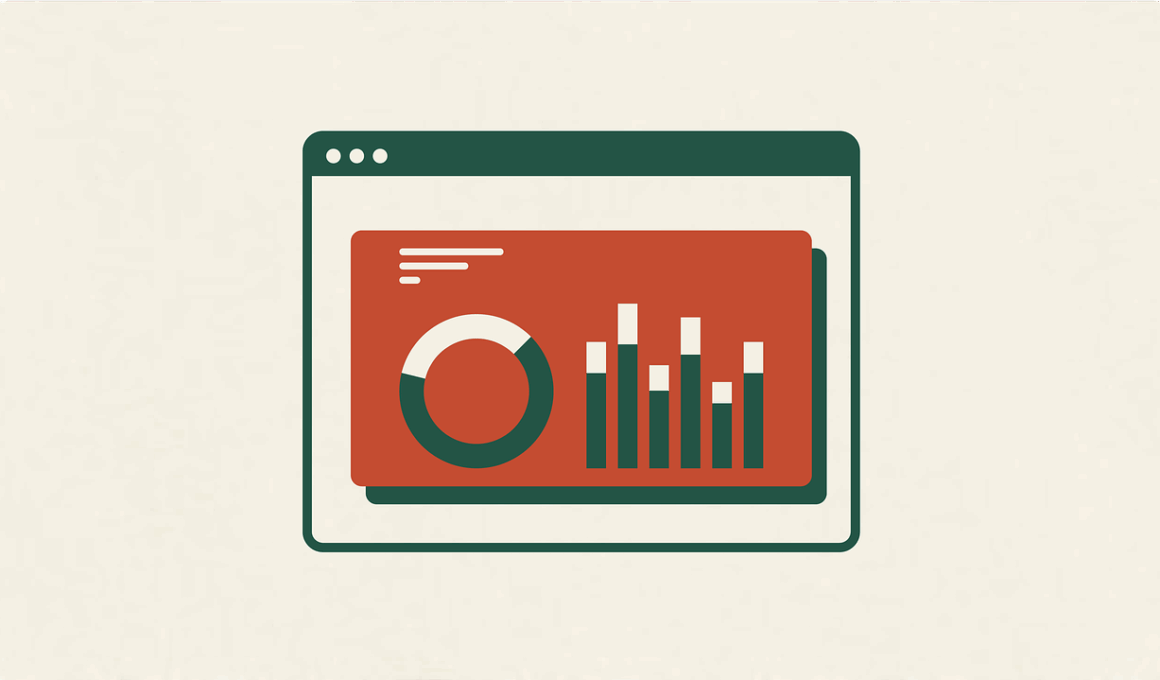Case Studies: Successful Real-time Analytics Implementation
Real-time analytics has transformed business operations by providing immediate insights that drive decision-making. Companies across various sectors are harnessing this technology to improve efficiency and customer satisfaction. For instance, a major retail chain implemented real-time analytics to monitor inventory levels continuously. By doing this, they managed to optimize stock levels and ensure product availability, ultimately increasing sales. Similarly, streaming data analysis allows businesses to react promptly to market trends and customer behavior. The capability to analyze data as it comes in rather than relying on historical data enhances agility within organizations. Another example is in the finance sector: banks utilize real-time analytics for fraud detection, securing customer transactions more effectively. Utilizing machine learning algorithms, real-time fraud detection systems analyze every transaction in milliseconds, minimizing potential losses. This capability not only protects customers but also fortifies the bank’s reputation. Furthermore, real-time analytics can provide personalized customer experiences by analyzing user behavior instantly. With these advancements, businesses utilizing real-time analytics can make informed strategic decisions that position them to thrive in a competitive marketplace.
Retail Sector Success Stories
The retail sector has been a vanguard in implementing real-time analytics, setting examples for others to follow. One prominent retailer adopted real-time analytics for customer behavior tracking, enabling it to tailor marketing strategies effectively. By analyzing foot traffic and purchase patterns, the company launched targeted promotions and personalized marketing campaigns. With proper analytics, they observed a substantial increase in customer engagement and sales as a direct result. Another case is a grocery chain that integrated sensors and IoT devices into its stores, allowing them to gather real-time data on customer interactions. This innovative approach led to optimized product placements that enhanced the shopping experience and increased sales by highlighting popular items. Further, leveraging data analytics can also foster a more proactive inventory management strategy. Knowing which products were moving quickly allowed the retailer to stock efficiently and minimize waste. By implementing such data-driven strategies, the retailer achieved improved overall performance. The case studies in retail exemplify how real-time analytics can reshape entire operational processes by enhancing customer-centric strategies and optimizing business practices.
A leading airline recognized the potential of real-time analytics in improving operational efficiency and customer satisfaction. By analyzing data in real-time, they optimized flight schedules based on weather conditions and passenger demand trends. This initiative significantly reduced flight delays and improved on-time performance metrics, building a stronger reputation in their market. The airline also utilized real-time analytics for baggage tracking, allowing customers to receive updates on their luggage status. This added transparency has enhanced customer trust and reduced anxiety regarding lost baggage. Additionally, real-time data enabled the airline to analyze customer feedback immediately after flights, facilitating rapid improvements to services and enhancing overall experience. Onboard services are also optimized using analytics, as airlines can assess passenger preferences and customize offerings accordingly. By drawing real-time insights from various data sources, the airline not only improves operational performance but enhances brand loyalty. Furthermore, advanced analytics allow airlines to offer tailored promotions and pricing dynamically, maximizing revenue opportunities. This particular case underscores the transformational impact of real-time analytics in the airline industry, demonstrating its value in enhancing operational efficiency and customer trust.
Financial Industry Implementations
In the financial industry, real-time analytics is crucial for effective risk management and decision-making. A global bank implemented real-time fraud detection systems that constantly analyze all transactions for unusual behavior. This proactive approach saves millions by swiftly identifying and thwarting fraudulent activities. By leveraging machine learning algorithms, the system learns from previous fraud patterns, continually enhancing its detection capabilities. Another banking institution used real-time data analytics to refine its trading strategies, enabling instantaneous adjustments based on market movements. This agility in trading decisions led to increased profitability and reduced risk exposure. Furthermore, investment firms utilize real-time analytics for portfolio management, allowing fund managers to react promptly to market fluctuations. Real-time insights assist them in reallocating assets quickly to optimize returns. Additionally, regulatory compliance has been strengthened through real-time monitoring of transactions, ensuring that any suspicious activities are flagged and investigated immediately. The financial sector’s embrace of real-time analytics not only increases operational efficiency but also provides deeper insights into market trends. This case study demonstrates how crucial timely data is for making informed decisions and mitigating risks, keeping companies ahead in a competitive financial landscape.
Healthcare organizations have also embraced real-time analytics to enhance patient care and operational efficiency. One prominent hospital integrated real-time data analytics within its patient management system, improving the overall patient experience. By analyzing patient wait times, staff availability, and treatment outcomes in real-time, the hospital was able to streamline operations. This initiative directly led to reduced waiting times and increased patient satisfaction rates. Furthermore, real-time monitoring of patient vitals enabled healthcare professionals to respond quickly to critical changes in patient conditions. Early detection of complications significantly improved patient outcomes and minimized risks during treatment. In another instance, a healthcare network used real-time analytics for supply chain management, ensuring that necessary medical supplies were always available when needed. By analyzing usage patterns, the organization optimized inventory levels and reduced costs. Additionally, the analysis of large datasets from patient records has helped identify trends in public health, guiding preventive measures. These healthcare case studies illustrate the effectiveness of real-time analytics in improving not only operational practices but also the quality of care provided to patients, ultimately benefiting communities as a whole.
Manufacturing Sector Innovations
In the manufacturing sector, real-time analytics plays a pivotal role in optimizing production processes and enhancing quality control. A global automotive manufacturer adopted a sophisticated analytics system to monitor production lines in real-time, allowing immediate identification of inefficiencies. As a result, they minimized downtime and improved overall productivity significantly. Moreover, the integration of real-time analytics with IoT devices facilitated predictive maintenance of machinery. By analyzing data from sensors, the company can predict equipment failures before they occur, reducing costly breakdowns and ensuring a smooth production line. In another instance, a food processing company utilized real-time analytics to monitor the quality of products during manufacturing. This proactive approach ensures that only items meeting quality standards are delivered to consumers. Furthermore, real-time data analytics enables manufacturers to respond swiftly to customer demand changes, adjusting production schedules as necessary. This flexibility contributes not only to customer satisfaction but also to waste reduction. Through these applications, the manufacturing industry continues to experience significant advancements attributable to real-time analytics. These case studies underline the importance of analytics in driving efficiency and enhancing quality in production processes.
Real-time analytics is increasingly popular across various sectors, enhancing organizations’ ability to make data-driven decisions promptly. A telecommunications company improved customer service by utilizing real-time analytics to monitor call center performance metrics. This facilitated immediate interventions if customer wait times exceeded predefined thresholds, thereby increasing overall satisfaction. Moreover, by analyzing customer interaction data, the company refined its support processes, tailoring solutions based on specific customer needs. Another example is a logistics company that adopted real-time tracking systems, giving customers visibility into their shipments. This level of transparency not only improved customer trust but also enhanced internal operational efficiency. By understanding delivery patterns in real-time, the logistics firm adjusted routes to better meet customer timelines. In the travel industry, providers analyze booking patterns and customer feedback in real-time, allowing them to adjust offerings instantly. These adaptations lead to increased customer retention and satisfaction. The adaptability provided by real-time analytics keeps businesses agile in rapidly changing markets. Overall, many companies have recognized the immense potential of real-time analytics in enhancing customer experiences, improving operational efficiencies, and driving long-term growth strategies. Businesses harnessing this technology position themselves strategically in highly competitive environments.


